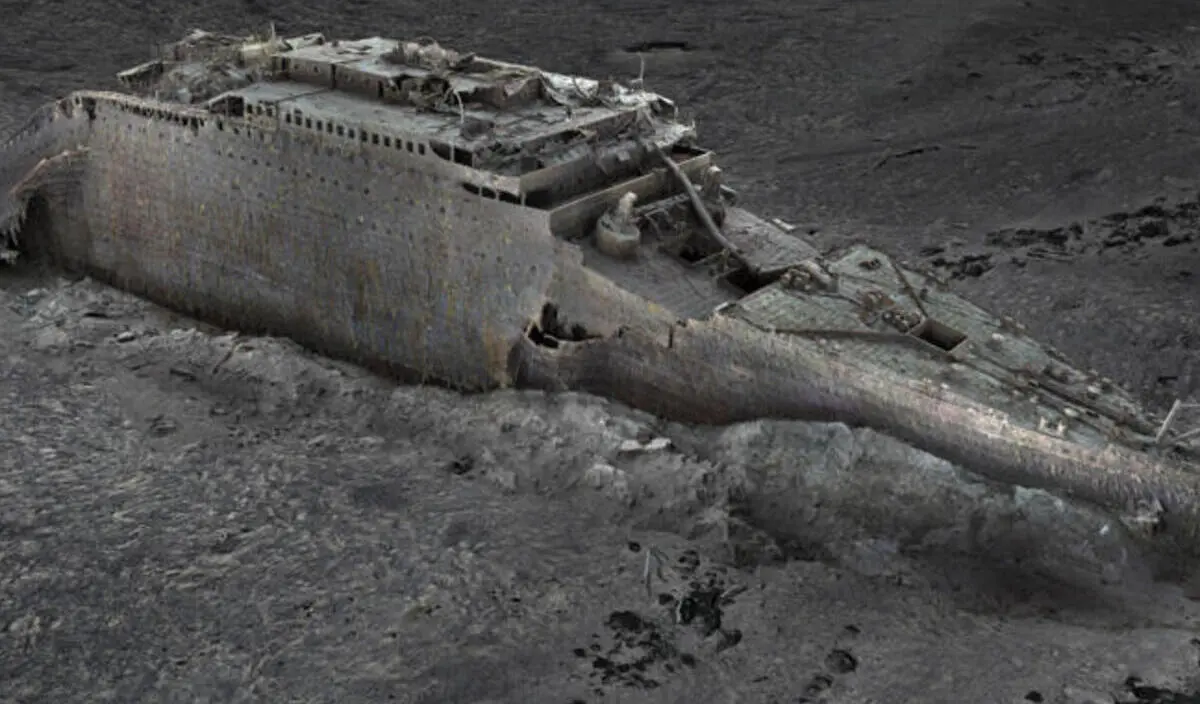
Titanic
The first full-sized 3D scan of the Titanic shipwreck released on Wednesday may provide further clues about the ocean liner’s disastrous passage over the Atlantic more than a century ago.
The high-resolution photos use deep-sea mapping to rebuild the disaster, which rests at a depth of about 4,000 metres (13,100 feet).
In April 1912, the luxury passenger liner drowned after hitting an iceberg on its maiden voyage from Southampton, England, to New York, killing over 1,500 people.
The shipwreck has been widely studied since it was first discovered in 1985 some 650 kilometres (400 miles) off the coast of Canada, yet cameras have never captured the ship in its entirety.
Deep-sea mapping company Magellan Ltd and Atlantic Productions, which is producing a documentary about the project, completed the reconstruction in 2022.
Submersibles controlled remotely from a specialist ship spent over 200 hours inspecting the wreck at the bottom of the Atlantic, collecting over 700,000 photos to create the scan.
Magellan’s Gerhard Seiffert, who supervised the expedition’s planning, said to the media that they were not allowed to touch anything in order not to damage the wreck.
Gerhard Seiffert explained, “The other challenge is that you have to map every square centimetre — even uninteresting parts, like on the debris field, where you have to map mud, but you need this to fill in between all these interesting objects”.
The photographs show the ship as if it were plucked from the sea, with the stern and bow laying apart and surrounded by debris, revealing even the smallest details, such serial number on one of the propellers.
The latest scans may provide more insight into what exactly happened to the liner with historians and scientists racing against the clock as the ship disintegrates.
“Now we are finally getting to see Titanic without human interpretation, derived directly from evidence and data”, says Parks Stephenson, a long-time Titanic researcher.
Stephenson stated that the wreck is essentially the last surviving eyewitness to the disaster and that there is still much to learn.
Stephenson continued, “And she has stories to tell”.
Also read: Share Markets Rebound After Two-Day Drop Amid A Rally In Global Equities
To read more such news, download Bharat Express news apps






















